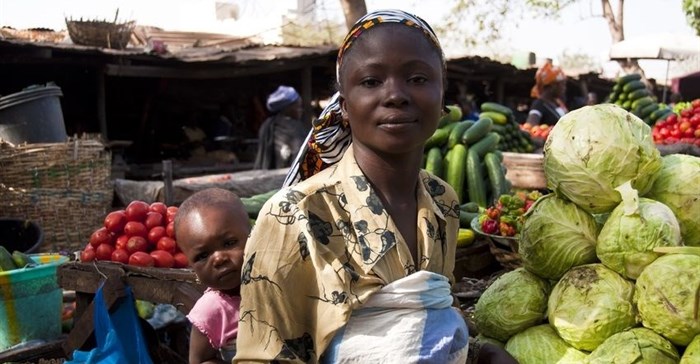
Top stories






LegalKenyan court postpones case seeking to halt Diageo's $2.3bn sale of EABL
Duncan Miriri and Emma Rumney 1 day
More news












With food production growth in OECD countries slowing down, developing countries will need to step up production to meet increased food needs in the future. Such growth is primarily expected in Latin America and Sub-Saharan Africa.
Higher global prices, better farming practices, and an improved environment to encourage agricultural innovation should lower the yield gap and increase aggregate production. But in order to be effective, appropriate policies should be mindful that farmers can be very different from one another, and their circumstances greatly influence how they respond to changes, including to the prices of the food they may produce.
Smallholder agriculture involves very different producers, varying in the resources and technologies they have access to and are able to effectively utilise, as well as by the determinants of their production and consumption decisions. These include household dependency ratios, access to off-farm employment, production and market risks, and the markets to which they can sell.
Depending on their nature and context, farm households facing similar incentives may make different decisions. Three sets of factors seem to influence farmers' inclination to increase production for sale:
• access to, and productivity of assets, including natural resources, labour and capital, will determine their ability and willingness to do so;
• connectivity to different markets, defined in terms of geographical proximity, information flows, power relations and costs;
• the functionality of the markets in which they participate. Prices in many local food markets are characterised by high inter-seasonal volatility due to the low volumes transacted and limited integration into regional or international markets. Volatility can affect the level and riskiness of returns to producers. Where markets are not well integrated, returns to increased output can diminish quickly, significantly affecting incentives, and consequently, the adoption of productivity-enhancing technology and other practices.
These factors play out differently for various farm households. Faced with similar market incentives, some smallholders intensify production on existing plots by adopting new technologies or practices, while others increase the amount of land under the crop. Meanwhile, other smallholders may well be constrained from benefiting from apparently improved opportunities for all.
• although improved prices have induced greater output in many countries, often, only a relatively small proportion of smallholders account for much of the increased production.
• some, particularly poorer smallholder producers have actually reduced farm production in response to food price increases due to the complex resource allocation decisions they make, e.g. to earn more in wages by working on other farms.
• household production and consumption decisions are inter-related and may constrain the deployment of limited resources and hence, adoption of the technologies and practices needed to significantly increase food crop production.
Consequently, smallholder participation in markets - both as sellers and buyers of food, and hence, their capacity to benefit from increased food prices - is constrained by limited choices. Smallholders are more likely to increase food sales when well-functioning markets provide appropriate incentives, and they are able to use their assets to produce more for the market, and also efficiently use adequate available infrastructure, e.g. to market their produce cost-effectively. Conversely, they may not do so if any one condition is absent.
As smallholder households differ significantly in the ways they participate in markets, and local markets vary in the extent of their integration with other domestic, regional and international markets, the design of policy interventions to raise smallholder production for sale needs to take adequate account of this variety. It is especially important to identify critical constraints preventing smallholder producers from responding to higher food prices.
Higher prices may be effective incentives for farmers with the ability to respond. For these producers, policy support may be required, primarily in the form of better access to risk management instruments and/or improved pre- as well as post-harvest and market infrastructure.
For smallholders with less access to well-functioning markets, policy support may have to be targeted to overcome specific constraints, which may mean, for example, improving markets, or strengthening the ability of producers to engage, individually or collectively, in these markets.

AllAfrica is a voice of, by and about Africa - aggregating, producing and distributing 2000 news and information items daily from over 130 African news organisations and our own reporters to an African and global public. We operate from Cape Town, Dakar, Lagos, Monrovia, Nairobi and Washington DC.
Go to: http://allafrica.com/